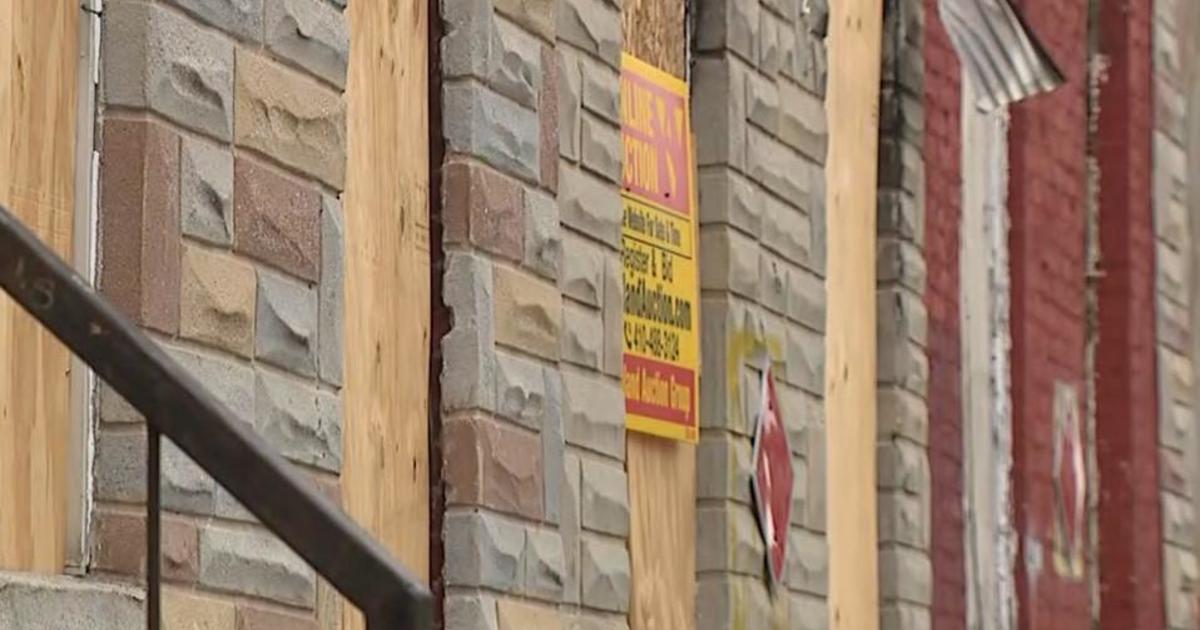How To Protect Your Eyeballs During The Total Solar Eclipse
BALTIMORE (WJZ) -- Next Monday's total solar eclipse will have a lot of us looking up.
The trick is not to look up without protection.
That's especially true here in Maryland, where 20 percent of the sun will still be shining through.
Alex DeMetrick reports on some safe, simple ways of watching.
Though the line-up of the sun, moon and Earth will bring a total solar eclipse to 14 states Monday, only along a 70-mile-wide path will the moon completely block the sun.
"Baltimore will see about an 80 percent coverage of the sun," says Dr. Dean Pesnell, of the NASA Goaddard Space Flight Center. "So it's not a total eclipse. If you're going to watch it, you must always be protected when you're looking at the sun."
Common sense, not to mention eye pain, stops us looking at full sunlight. Without protection, even a partial eclipse can cause serious injury.
A safe way is to project the eclipse on something other than your eye, with a homemade pinhole projector.
"And you just hold it up on your shoulder, point it at the sun, and you'll see a little image of the sun coming through the hole. You'll see a little projection of the sun right there," says Pesnell.
Even simpler, try a kitchen colander.
"You'll see the sun behind you," he says. "If the sun is coming this way it hits the holes, you'll just see them displayed on the ground."
Eclipse glasses are a popular choice, provided they show a rating for direct solar viewing -- the ISO 12312-2 safety standard.
As for taking pictures without special equipment, place an eclipse glasses filter over your camera lens. Remember, it is only safe to drop eye protection for any length of time while directly under a total eclipse.
For more eclipse safety tips, CLICK HERE.
Follow @CBSBaltimore on Twitter and like WJZ-TV | CBS Baltimore on Facebook



